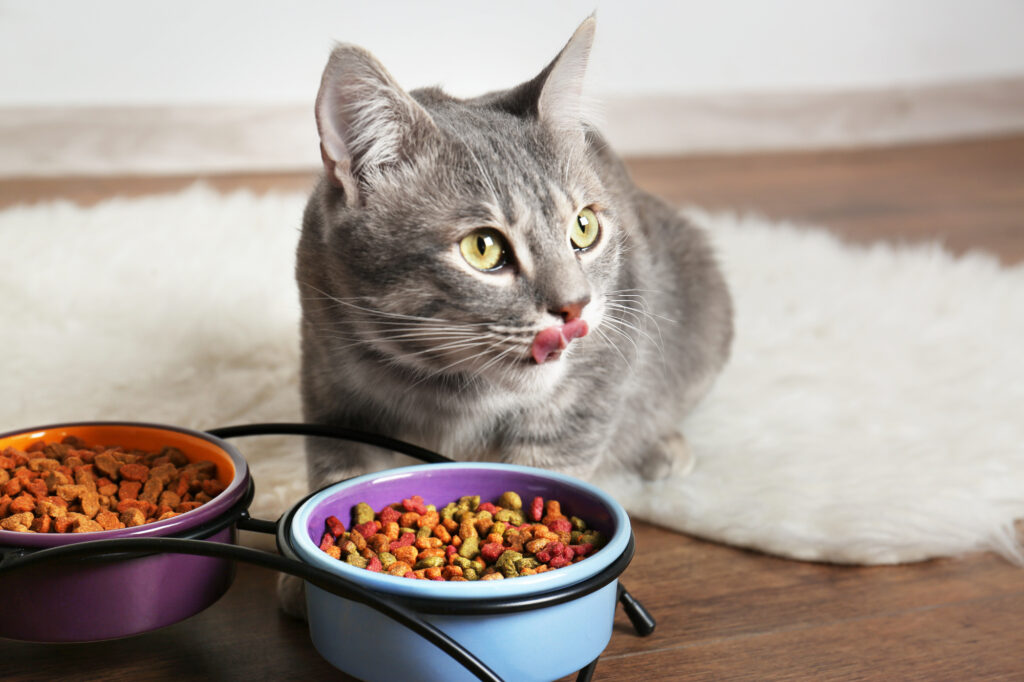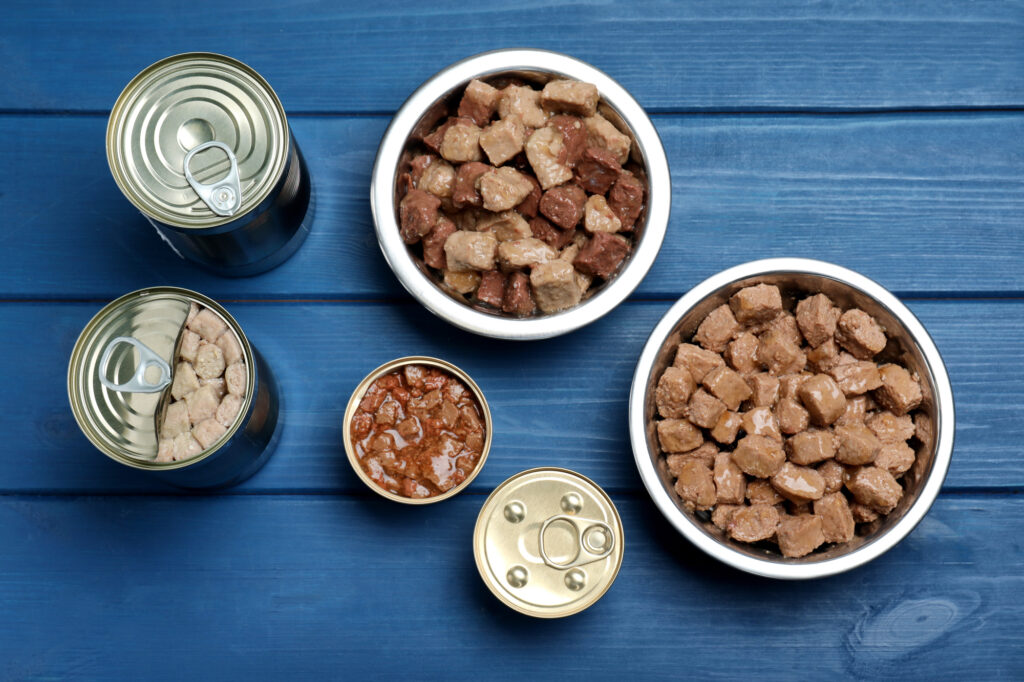As a cat owner, you always seek the best for your furry friend, especially regarding their diet. Choosing between wet or dry cat food is one of the critical decisions you must make.
Understanding the differences and how they impact your cat’s health is crucial. This article will help navigate this important choice, considering your pet’s dietary needs and lifestyle.

Nutritional Comparison
Wet cat food typically contains 70-80% moisture, compared to just 10% in dry cat food. This significant difference impacts the nutritional content and how your cat processes these foods.
For example, Weruva cat food, a viable wet food choice, offers a balance of proteins, fats, and carbohydrates. This food is also full of vitamins and minerals. Conversely, dry food often has higher carbohydrate levels due to the manufacturing process. The nutritional disparities can influence weight control, urinary tract health, and your cat’s overall hydration.
Pros And Cons Of Wet Cat Food
The Advantages
- Enhanced Hydration Levels
With its high moisture content, wet cat food excels at keeping cats hydrated. This feature is especially beneficial for cats with low thirst drive or those that don’t drink enough water. Adequate hydration is necessary for preventing urinary tract issues and maintaining kidney health.
- Increased Palatability and Appeal to Cats
The texture and aroma of wet food, mimicking their natural prey, often appeal to cats. This feature can aid picky eaters or older cats with diminished senses of smell and taste, encouraging them to eat regularly and maintain a healthy diet.
- Suitable for Dental Issues or Urinary Tract Problems
Cats with dental issues find wet food easier to eat due to its soft texture. The high moisture content is also advantageous for cats with a history of urinary tract problems, as it helps flush out their system more effectively than dry food.
- Potential for Weight Management
Although the carbohydrate content in wet food varies, it’s generally lower in calories compared to dry food, aiding in weight management. However, portion control is critical. Overfeeding can negate these benefits.
The Disadvantages
- Shorter Shelf Life and Refrigeration Requirements
Once opened, wet cat food requires refrigeration and should be used within a few days. This shorter shelf life means more frequent purchases and a need for proper storage, which might not be convenient for all cat owners.
- Increased Risk of Bacterial Growth If Left Out
If you leave out wet food for extended periods, it can harbor bacteria, posing a health risk to your cat. You must discard uneaten wet food after a few hours, especially in warmer climates, to prevent bacterial growth.
- Potential for Higher Carbohydrate Content
While not true for all brands, some wet cat foods can have a higher carbohydrate content. This can be a concern for cats with specific health issues like diabetes. You must always read labels and choose a product with a balanced nutritional profile.

Pros And Cons Of Dry Cat Food
The Advantages
- Convenient and Easy to Store
Dry cat food scores high on convenience. Its long shelf life and few refrigeration requirements make it a practical choice for cat owners. The advantage of dry food is that you can leave it out for your cat to graze on throughout the day without worrying about spoilage.
- Longer Shelf Life
The low moisture content in dry food means you can store it longer without the risk of spoilage. This feature makes it a cost-effective option for cat owners, reducing the frequency of purchases and waste.
- Potential for Dental Health Benefits
Dry cat food may help maintain dental health. The kibble’s texture can assist in scraping off plaque from teeth, although it should not replace regular dental care. However, this benefit can vary depending on the individual cat and the type of dry food.
- Variety of Options for Different Dietary Needs
The market offers diverse dry cat food for different dietary needs. From kitten to senior formulas and those targeting specific health issues like obesity or allergies, there’s a dry food option for almost every need.
The Disadvantages
- Lower Moisture Content
Dry cat food’s primary drawback is its low moisture content. Cats eating only dry food need more water to stay hydrated, which can be challenging given their instinctual low thirst drive.
- May Be Less Palatable for Some Cats
Some cats might find dry food less appealing than wet food. This can be an issue for picky eaters or older cats who find the texture or flavor of dry food less attractive.
- Potential for Higher Calorie Content
Dry cat food’s higher calorie density can lead to overeating and weight gain without portion control. Monitoring your cat’s food intake is essential, especially for less active indoor cats.
Matching Cat Food To Different Lifestyles
If you’re a busy pet parent or frequent traveler, dry food’s convenience and ease of storage might appeal to you. In contrast, with its higher moisture content, wet food can be suitable for any cat owner, provided they can accommodate its storage and feeding frequency. Families with multiple cats might find a mix of both types beneficial, catering to different preferences and health needs.
Tips For Selecting Suitable Cat Food
When selecting cat food, factor in your cat’s age, energy levels, and overall health. Choose foods high in protein to meet their nutritional needs. Additionally, verify the presence of nutrients like taurine, which is essential for heart and eye health.
Consult a vet before changing your cat’s food, especially if your cat has specific health concerns. They can offer customized recommendations that align with your cat’s needs. The proper nutrition impacts your cat’s overall health and happiness.

Choosing the right cat food involves balancing your cat’s dietary needs with your lifestyle. Regardless of whether it’s wet or dry cat food, your aim should be to enhance your cat’s health and contentment. As experienced cat owners, I would always say that you should consult a veterinarian if you have any questions regarding your pet’s diet, ensuring they thrive under your care with the food options that are best for them.